When the Skies Opened: Decoding Central Minnesota's Deluge and Its Lingering Echoes
Unpack Central Minnesota's epic July 23rd deluge: its immediate impact, historical context within record-setting summers, and what the changing weather patterns mean next.
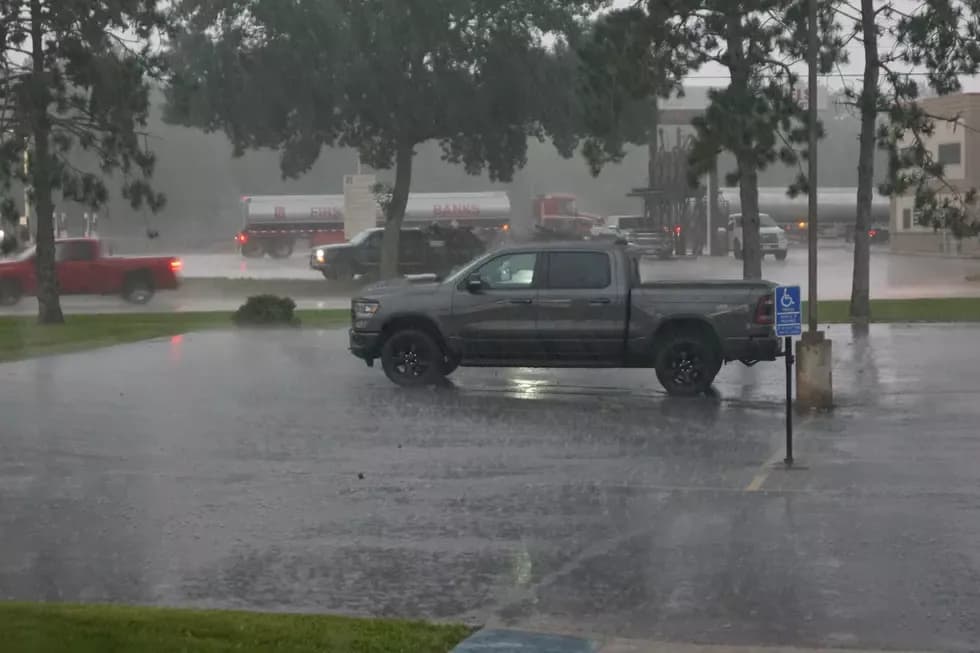
The Day the Deluge Descended: Immediate Impact and Stark Numbers
Wednesday, July 23rd, 2025, marked a day Central Minnesota residents won't soon forget, as the skies opened with an intensity that quickly overwhelmed local systems. The immediate aftermath of this deluge painted a vivid picture of weather's raw power. While the official rain gauge at recorded a significant 1.72 inches by 5:00 p.m., this figure only tells part of the story. Just a short drive away, in Central Stearns County, the community of bore the brunt of the downpour, reporting a staggering 4.60 inches of rain by 1:00 p.m. — a truly exceptional amount for such a short period.
Such rapid accumulation triggered immediate concerns, leading the to issue a Flash Flood Warning for portions of Northern Stearns and western Benton Counties. This urgent advisory, in effect until early afternoon, underscored the potential for dangerous, fast-rising waters. While the immediate threat of flash flooding was the primary concern, the day’s persistent atmospheric activity suggested that even more precipitation could be on the horizon, with rounds of showers possible throughout Wednesday evening. This single day's rainfall served as a potent reminder of how quickly weather conditions can escalate, transforming a typical summer day into a hydrological challenge. The question quickly arose: how did this event stack up against the region's historical patterns?
A Summer of Surprises: Placing Wednesday's Downpour in Historical Context
To truly grasp the significance of July 23rd's deluge, we need to look beyond the immediate puddles and put it into a broader historical perspective. While St. Cloud's official 1.72 inches didn't surpass the daily record of 2.32 inches set way back in 1912, the sheer volume of rain across the region, especially the 4.60 inches in Avon, was undeniably extreme. More telling, however, is the cumulative rainfall for the summer. By the end of July 23rd, St. Cloud's combined June and July rainfall total soared to an impressive 11.97 inches. That's a remarkable 5.50 inches above the historical average for these two months, indicating a clear trend toward significantly wetter conditions.
This isn't an isolated anomaly. The increasing frequency of heavy rainfall events points to a noticeable shift in Central Minnesota's climate. Consider this: to even crack the top 10 wettest summers on record, St. Cloud needs to reach 16.52 inches by the end of August. Interestingly, that very mark was achieved just last year, in 2024, signaling that unusually wet summers are becoming less of a rarity and more of a recurring feature. While the all-time record of 22.06 inches from 1897 still stands as a testament to past extremes, the recent patterns suggest a trajectory that warrants careful observation. The skies aren't just opening; they're opening more often, and with greater intensity.
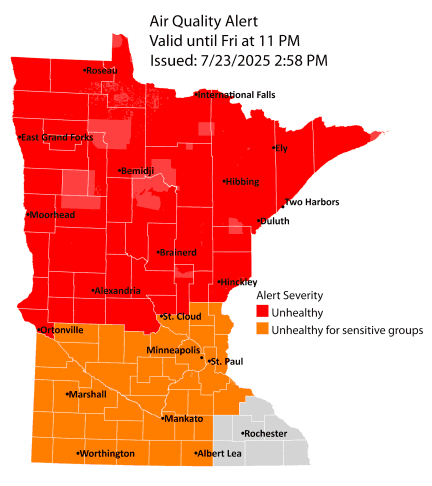
Beyond the Rain: From Flood Concerns to Air Quality Alerts
As the immediate floodwaters receded and the urgent flash flood warnings expired, Central Minnesota communities began to breathe a collective sigh of relief, anticipating drier days ahead. Yet, the atmospheric challenges didn't end with the rain. In a stark illustration of how interconnected global weather patterns can be, residents soon faced an entirely different environmental concern: compromised air quality. The issued an air quality alert for Thursday and Friday, a direct consequence of smoke plumes drifting south from .
This wasn't a new phenomenon. “Canadian Wildfire Smoke Triggers Minnesota Health Alerts…Again” read a recent headline, highlighting a disturbing pattern. What was once an occasional distant problem has become a recurring seasonal threat, impacting respiratory health and outdoor activities across the state. It's a sobering reminder that our local weather isn't just about what falls from the sky directly above us. The same atmospheric currents that bring deluges can also transport pollutants from thousands of miles away, adding another layer of complexity to regional climate management. So, as communities grapple with flood recovery and the ongoing implications of increasingly wet summers, they must also contend with the insidious, far-reaching effects of distant environmental crises.
Navigating the Evolving Climate: What These Patterns Mean for Central Minnesota
The recent deluge and the subsequent air quality alerts in Central Minnesota serve as more than just isolated weather events; they are powerful indicators of an evolving regional climate. The sustained pattern of above-normal summer rainfall, evidenced by St. Cloud’s 11.97 inches through July and last year's near-record wet summer, suggests a future with more intense precipitation events. This has profound implications for local infrastructure, from storm drains and roads to agricultural practices and urban planning. Communities will increasingly face the challenge of managing excess water, preventing erosion, and protecting property.
But the story doesn't end there. The recurring presence of wildfire smoke from distant sources underscores a broader vulnerability. It highlights how global climate shifts, even those occurring far from Minnesota's borders, can directly impact daily life and public health locally. For Central Minnesota, this means preparing not only for more frequent and severe rain but also for periods of degraded air quality. Adapting to these atmospheric shifts will require foresight and resilience. Local governments, emergency services, and residents alike must pivot from simply reacting to individual events to proactively developing long-term strategies for water management, public health advisories, and infrastructure resilience. Understanding these interconnected patterns is the first crucial step in navigating a future where weather surprises may become the new normal.
Related Articles
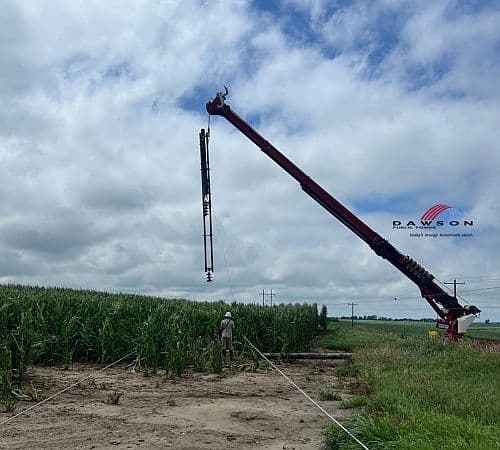
From Searing to Soaked: Inside the Midwest's Wild Weather Whiplash

From Searing to Soaked: Inside the Midwest's Wild Weather Whiplash
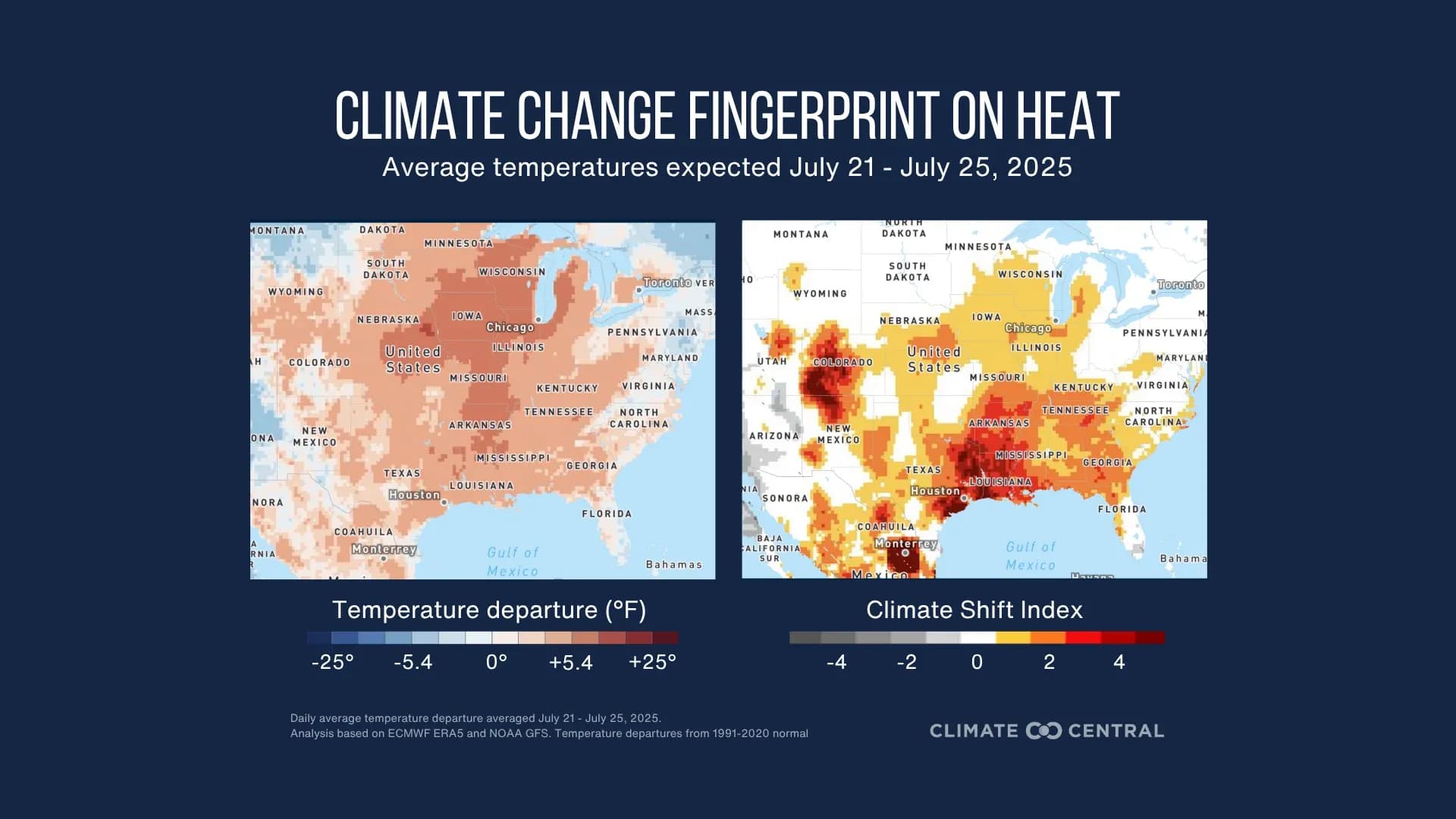
The Enduring Burn: Unmasking Climate's Mark on America's Hottest Days

The Enduring Burn: Unmasking Climate's Mark on America's Hottest Days
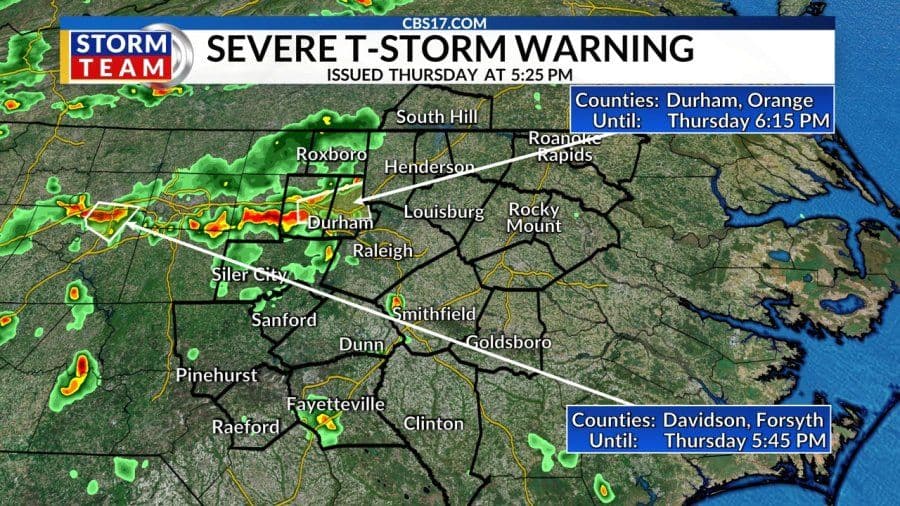
Living on Alert: Navigating Central NC's Dynamic Weather Reality

Living on Alert: Navigating Central NC's Dynamic Weather Reality
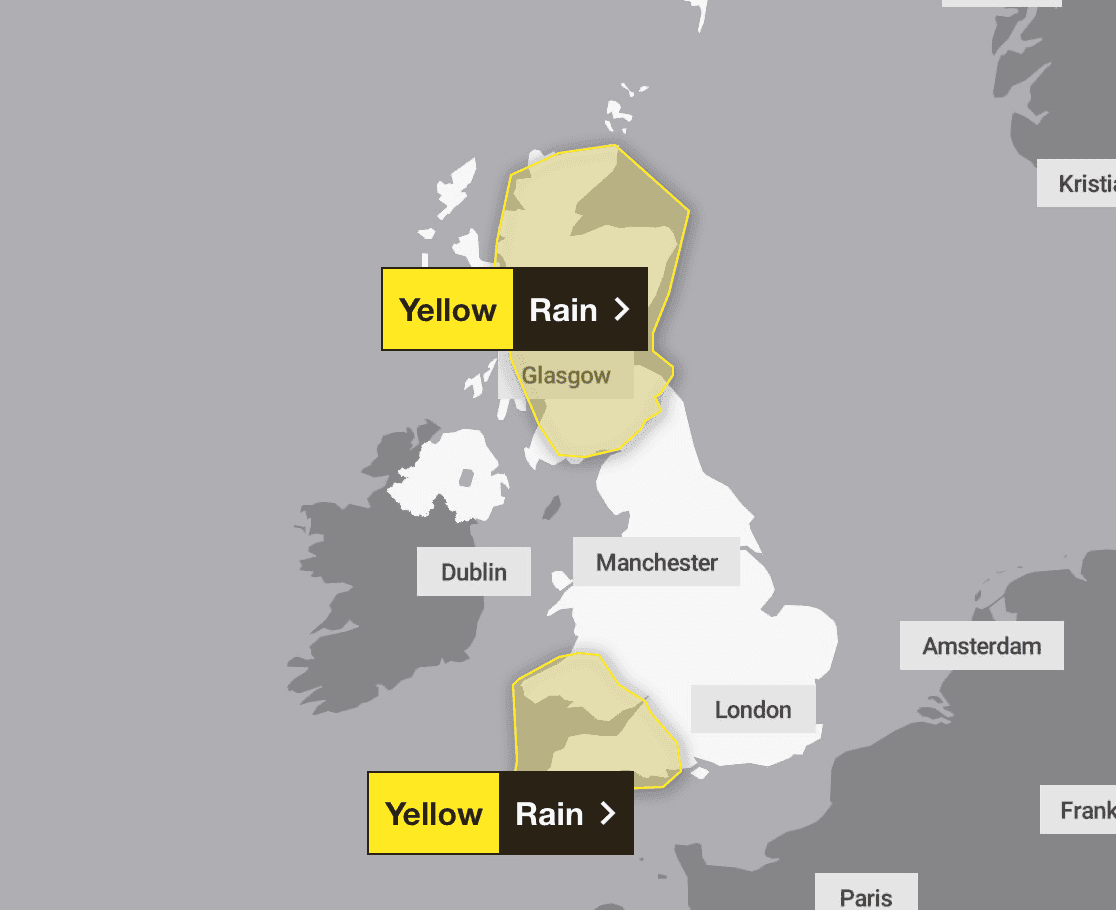
The UK's Unpredictable Skies: Decoding the Deluge Threat
